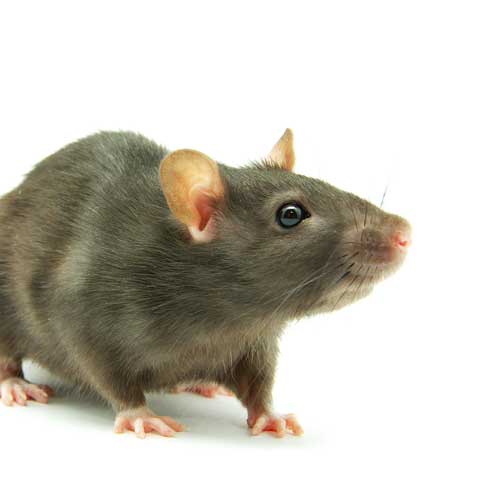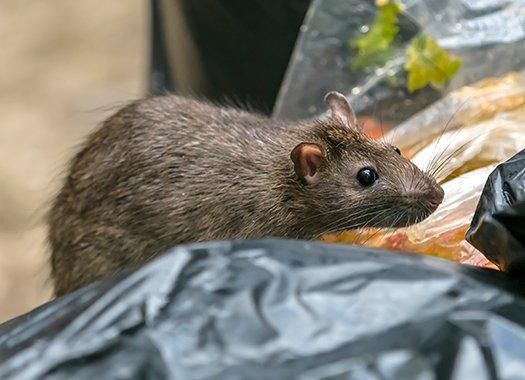Indicators on Mouse and Rat Removal You Should Know


Rodent Control in Montgomery County by Montgomery Pest
Rumored Buzz on Rat Control Program - Skokie, IL
Look, Norway Rats are often called brown or sewage system rats. They are big, bulked-up looking rats that can grow to lengths of about 13-16 inches when measured from their nose to the tip of their tail. Research It Here is mainly gray on their underside and reddish or grayish-brown to black on the top of their body.
With blunt snouts, Norway rat adults weigh about 7-18 ounces. Roofing system Rats are frequently called black rats and are smaller sized than Norway rats. Adults vary in weight from about 5-10 ounces. Their tails are longer than the rest of their body and are consistently dark colored. The underside of the roof rat's body is grayish to white.

How to Get Rid of Rats - Rat Removal - Havahart®
Habits, Roofing rats are skilled climbers and not remarkably are apt to develop their nests in areas above ground. However, they might often likewise develop nests in burrows. These rats are mostly active in the evening. Scientists have kept in mind that the roofing rat's long tail is adjusted to boost their ability to climb up and operates to helps them in balancing.

Rats - Orange County Mosquito and Vector Control District Can Be Fun For Everyone
Roof rats are not achieved swimmers and are not typically found in sewers. Norway rats are usually active at dusk or during the night and are non-active throughout daytime hours. However, when a Norway rat population grows so large that competitors from other rats for food, water and harborage increases, some members of the rat community may seek to discover new areas to colonize throughout the daytime.

Rodent Control Los Angeles - Rat Exterminator - American Rat Control
Norway rats can climb up, however not as well as roofing system rats, and are strong swimmers. Diet, Roofing system rats are omnivores and will eat numerous types of vegetation such as fruits, grains, seeds and grocery produce. Likewise, roofing rats are likely to take in insects. Similar to Norway rats, roofing system rats ruin much more foods items by contamination from feces and urine than from usage.
Also, Norway rats might prey upon fish, poultry, mice, birds, little reptiles and amphibians. They may eat plant life, however prefer to meat or meat-related wastes. Find out more about what rats eat. Habitat, As mentioned above, roof rats choose aboveground nesting locations in shrubs, trees, and thick greenery. Roofing rats entering houses are generally discovered in raised or safe and secure enclosures such as walls, cabinets, attics, and false ceilings.
